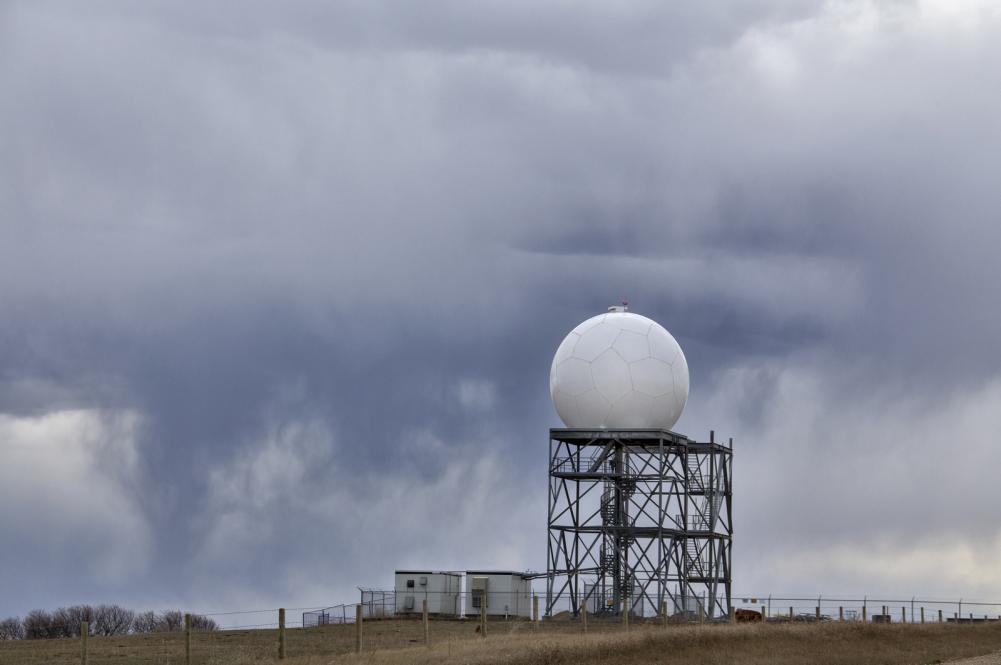
An earthquake is an intense vibration of the earth’s surface. There are two primary ways to measure earthquakes: magnitude, and intensity. These factors also determine the extent of damage caused by the earthquake.
Magnitude
Magnitude is the most common way to measure the size of an earthquake. It is calculated on the Richter’s scale, which describes how powerful the quake was. Magnitude is measured using a machine called the seismometer. Seismometers allow us to detect and aptly record earthquakes by converting vibrations caused by seismic waves into electric signals.
There are two types of seismic waves that pass through the earth’s body:
P-Waves
These are longitudinal waves that shake the ground back and forth along the direction of travel of the wave. They travel the fastest.
S-Waves
These are traverse waves. Their motion is perpendicular to the direction of the wave. They are slower than p-waves.
The Richter Scale
Charles F. Richter invented the Richter scale in 1953 as a quantitative measure of an earthquake’s size. Until recently, earthquakes were measured using the Richter scale. However, new and improved scales have now upended the dated Richter scale.
When an earthquake occurs, its magnitude can be assigned a specific numerical value on the Richter scale. The magnitude is then measured using the logarithm of the amplitude of the largest seismic wave calibrated to a scale with a seismograph’s help. A Richter scale is typically numbered 1-10, although there is no upper limit.
Earthquakes between 1 and 2 on the scale are small and unnoticeable, while earthquakes measuring 7 or up can wreak significant havoc.
Intensity
An earthquake’s intensity measures the strength of the shaking caused by the earthquake. The intensity is usually highest at the epicenter and continues to subside as it moves away. Different tools are used to measure earthquakes’ intensity, including the Modified Mercalli Intensity scale and the European Macroseismic Scale (EMS).
With inherent flaws in the Richter scale, improvements have been made to record more accurate measurements of earthquakes, taking both magnitude and intensity into account.
Author: Amita Vadlamudi

